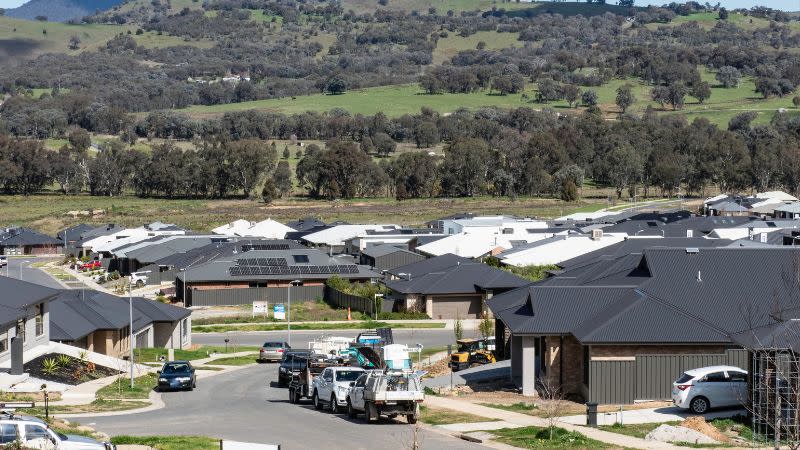Costs, Planning Delays Drag Down Victorian Development

Victorian planning approval times have blown out to up to two years and added 10 per cent to projects’ bottom lines, according to exclusive survey results.
The results of The Urban Developer and NBN’s Sentiment Survey revealed most respondents were cautious about growth in the next 12 months in the face of planning delays and construction cost blowouts.
Survey data revealed a third of respondents were experiencing planning approval times of up to two years, while more than half said the planning delays were adding 10 per cent or more to overall costs of their projects.
About 70 per cent of respondents said planning approvals were taking longer or significantly longer in the past 12 months than they had historically.
At a recent NBN Property Leaders Lunch in Melbourne, greenfield developers indicated that sales had come off the boil by about a third and many were grappling with roadblocks and planning delays from acquisition to titling.
But it was construction costs that constituted the biggest stumbling block in the Victorian market, without a price recalibration to absorb the additional costs.
“The biggest hurdle at the moment is the rising construction costs not being offset by increases in revenue. There is still a mismatch also between land value to make projects feasible,” a survey participant said.
Another pointed to builder solvency as the biggest issue.

“We need builders to thrive and survive for homes to be built. We need more labour into the industry. Big build and government projects have sapped the private labour market dry,” they said.
But technology and connectivity can play a pivotal role in the streamlining and efficiency of processes within the development sector.
Speaking at the Property Leaders Lunch, NBN Co’s chief strategy and transformation officer Will Irving painted a picture of how technology would transform the industry and define our built environment.
Personalised technology will be embedded in our everyday lives and in the buildings we live and work in. While the pandemic accelerated our use of data, this trajectory will continue upwards, according to Irving.













